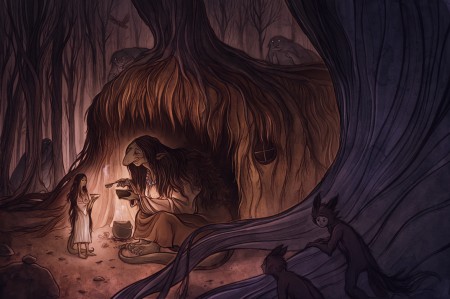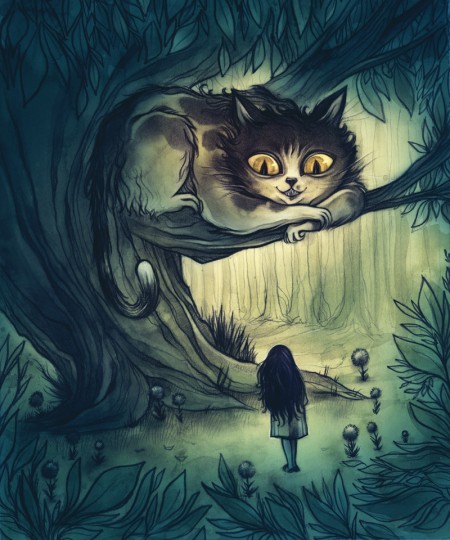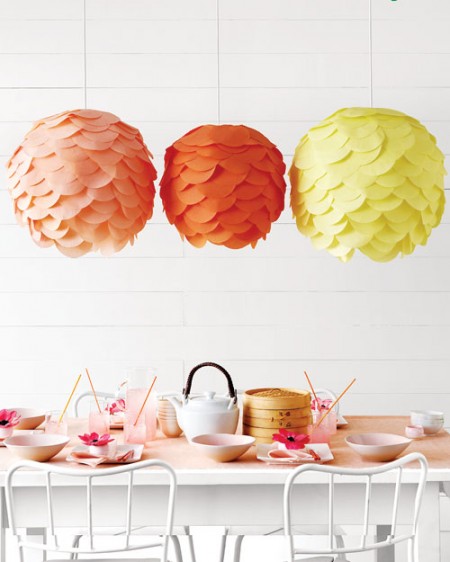From now till Christmas many of our Indie Craft Parade followers will be busy with craft shows. Some of you are old pros at craft fairs and have mastered the art of displaying your goods. Others might be new to the craft circuit and are still figuring out the art of presentation. So I've gathered some tips using some of the booth displays at Indie Craft Parade. While we didn't have a single weak display at the event, and all of them were great examples of quality booths, I've chosen to highlight a few that demonstrate some good pointers for showing off your work.
Displaying two dimensional art can be difficult. Joey Bradley opted for a wall display instead of a table. I love how clean his booth is and how he incorporated some large objects that coordinate with his subject matter to break up the visual space.
Illyria Pottery's booth was a show stopper. While you might not need this much height on your table, it works well to have something visually striking about your booth to draw the visitors in.
If at all possible, show off your wearable goods (clothing, jewelry, purses, aprons, anything!) on dress forms or mannequins. The visitors to the Parachute Clothing booth had an easier time seeing the size and fit of the items as well as imagining themselves wearing Parachute goods.


































